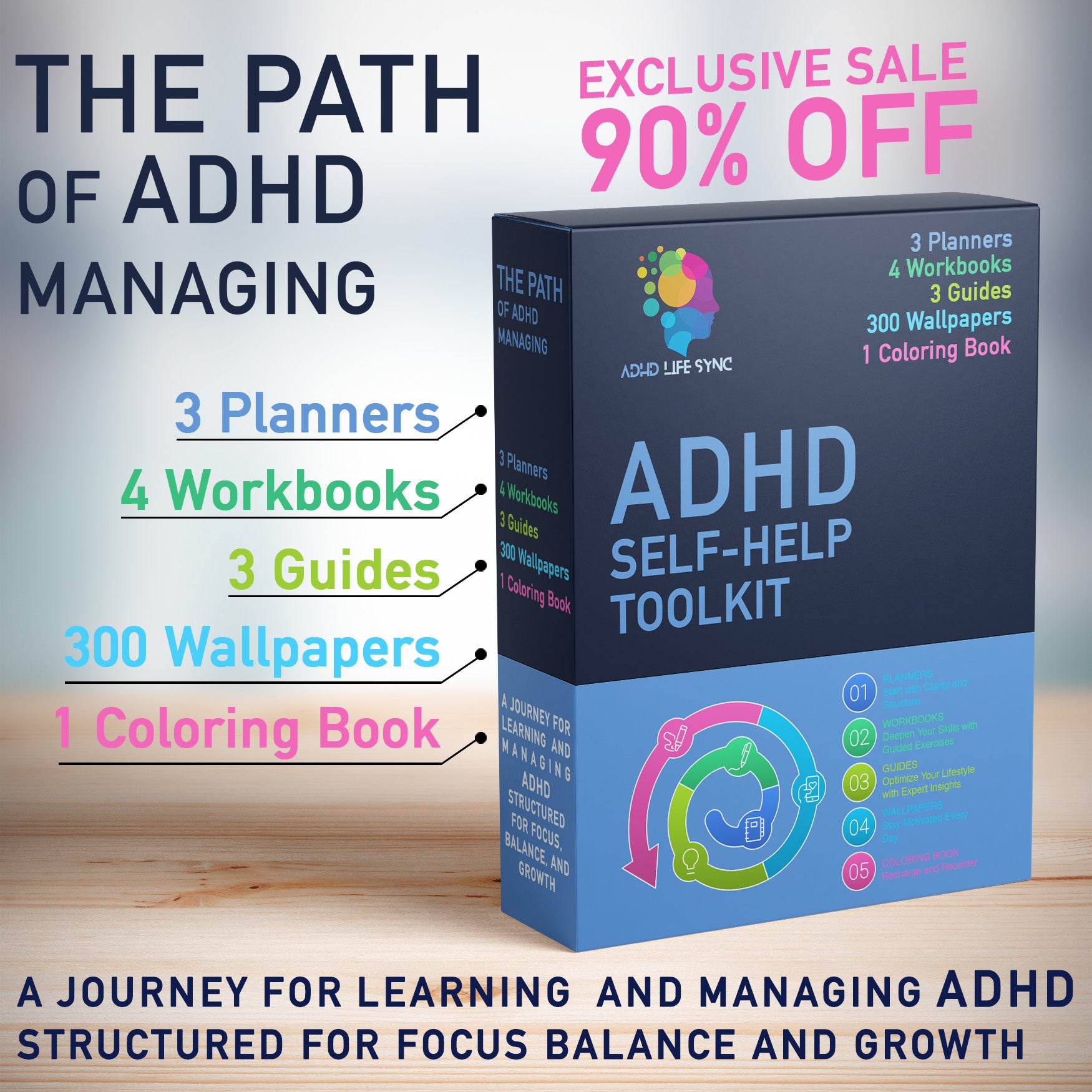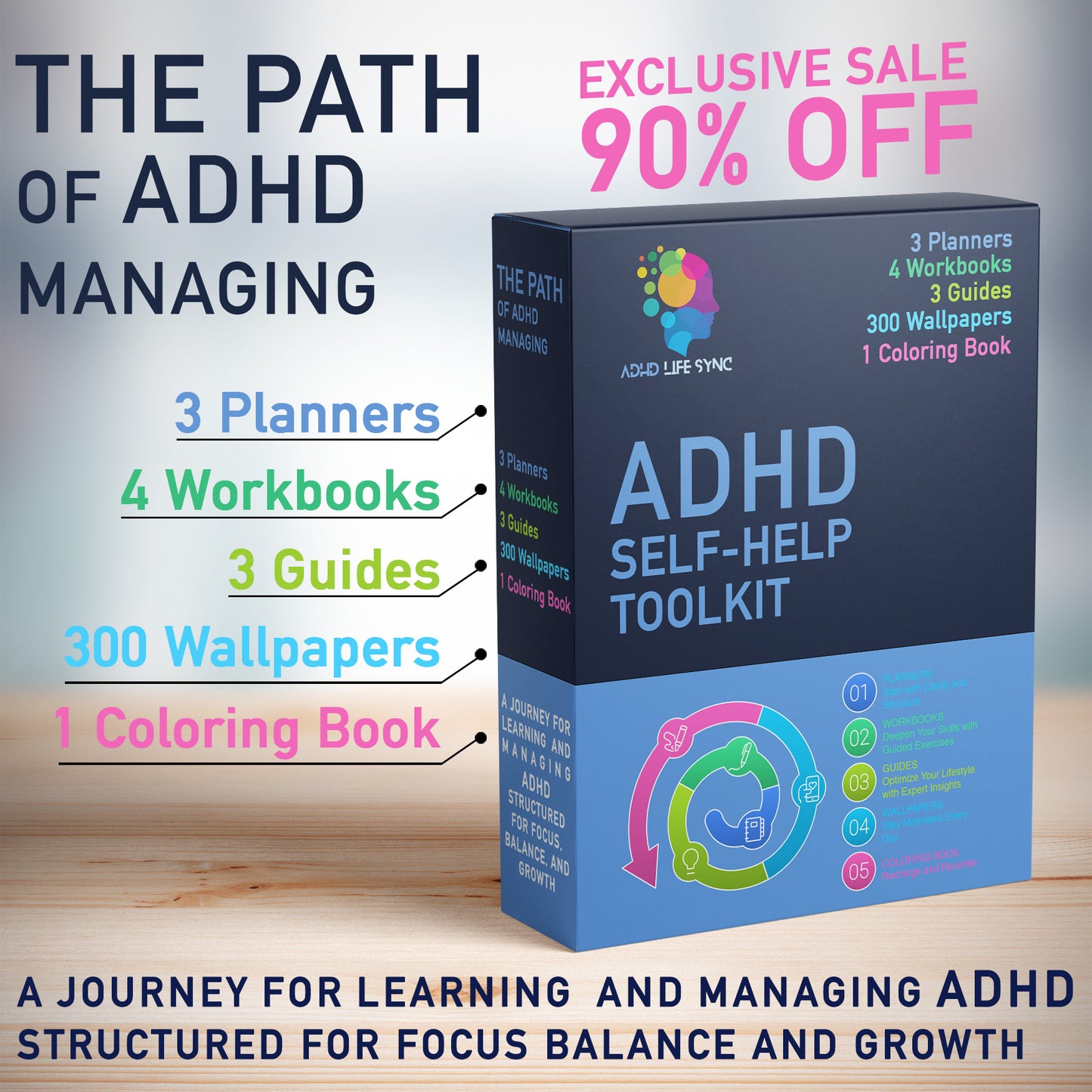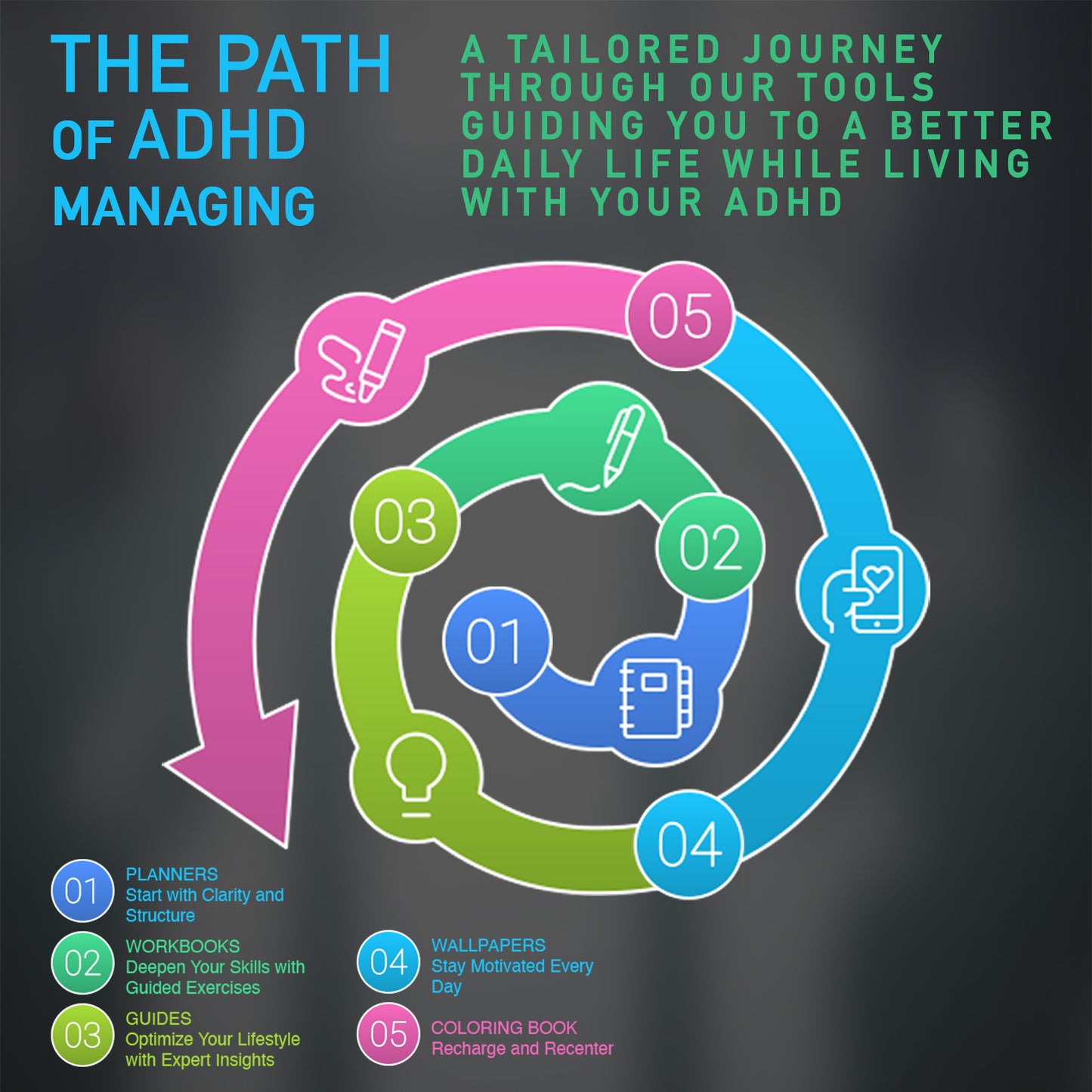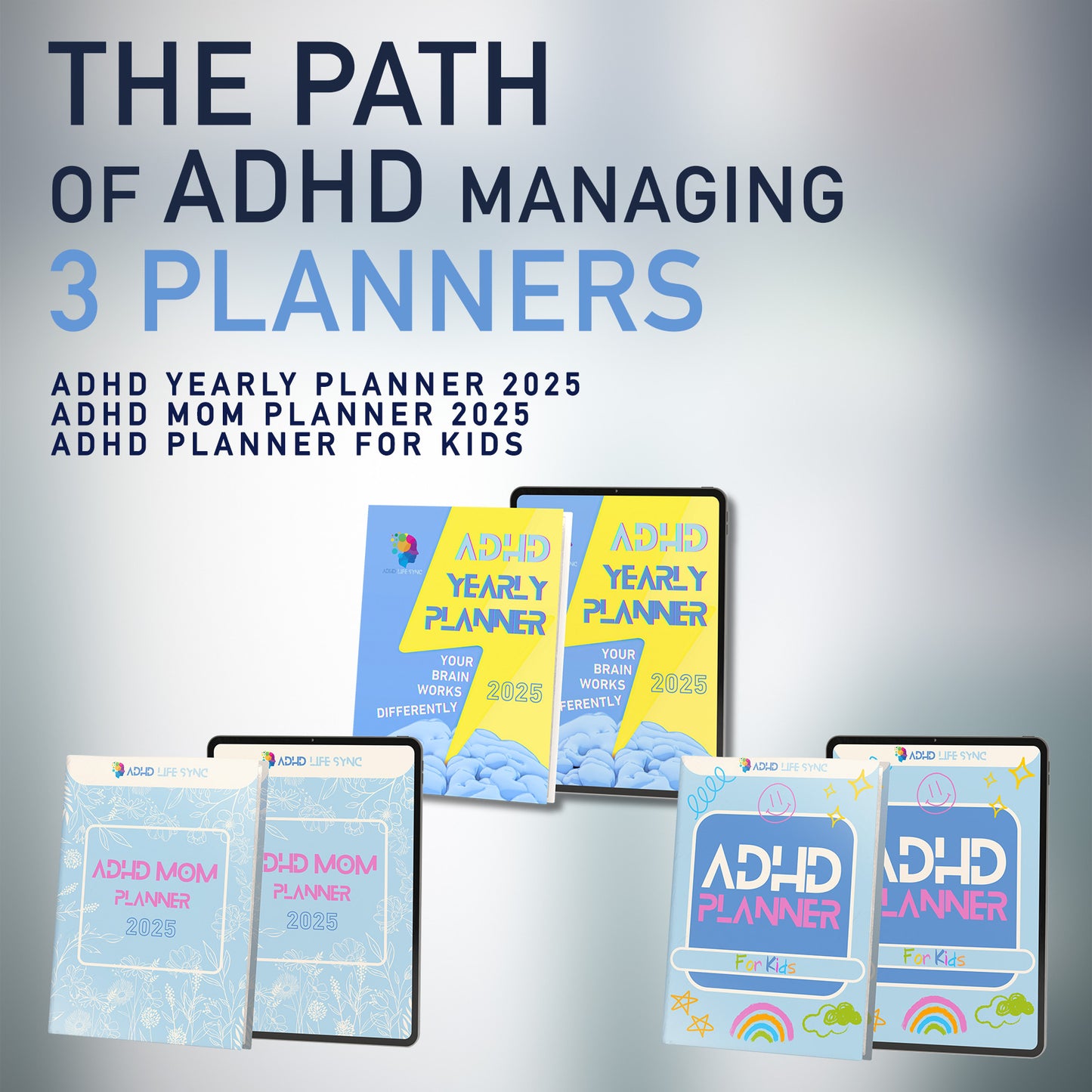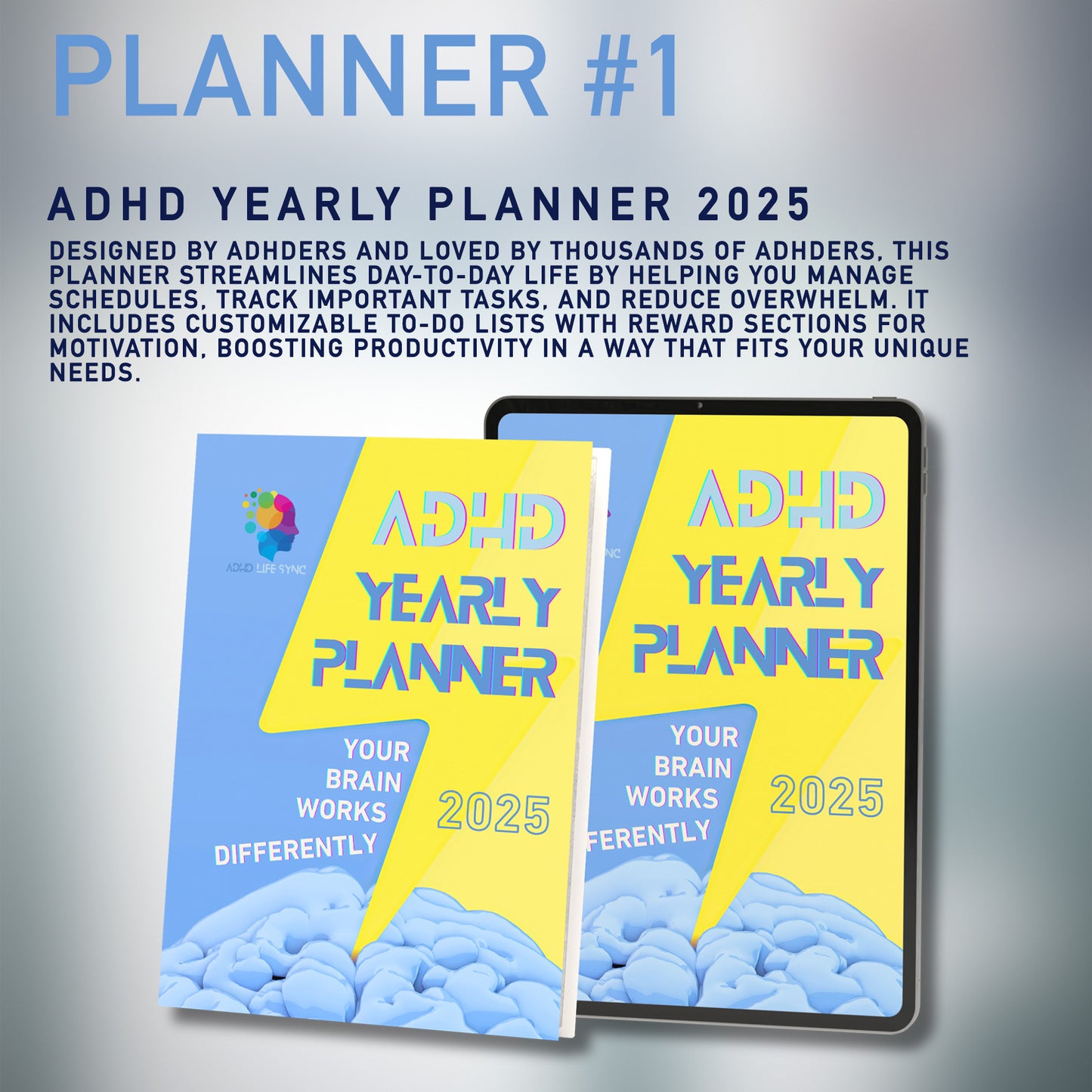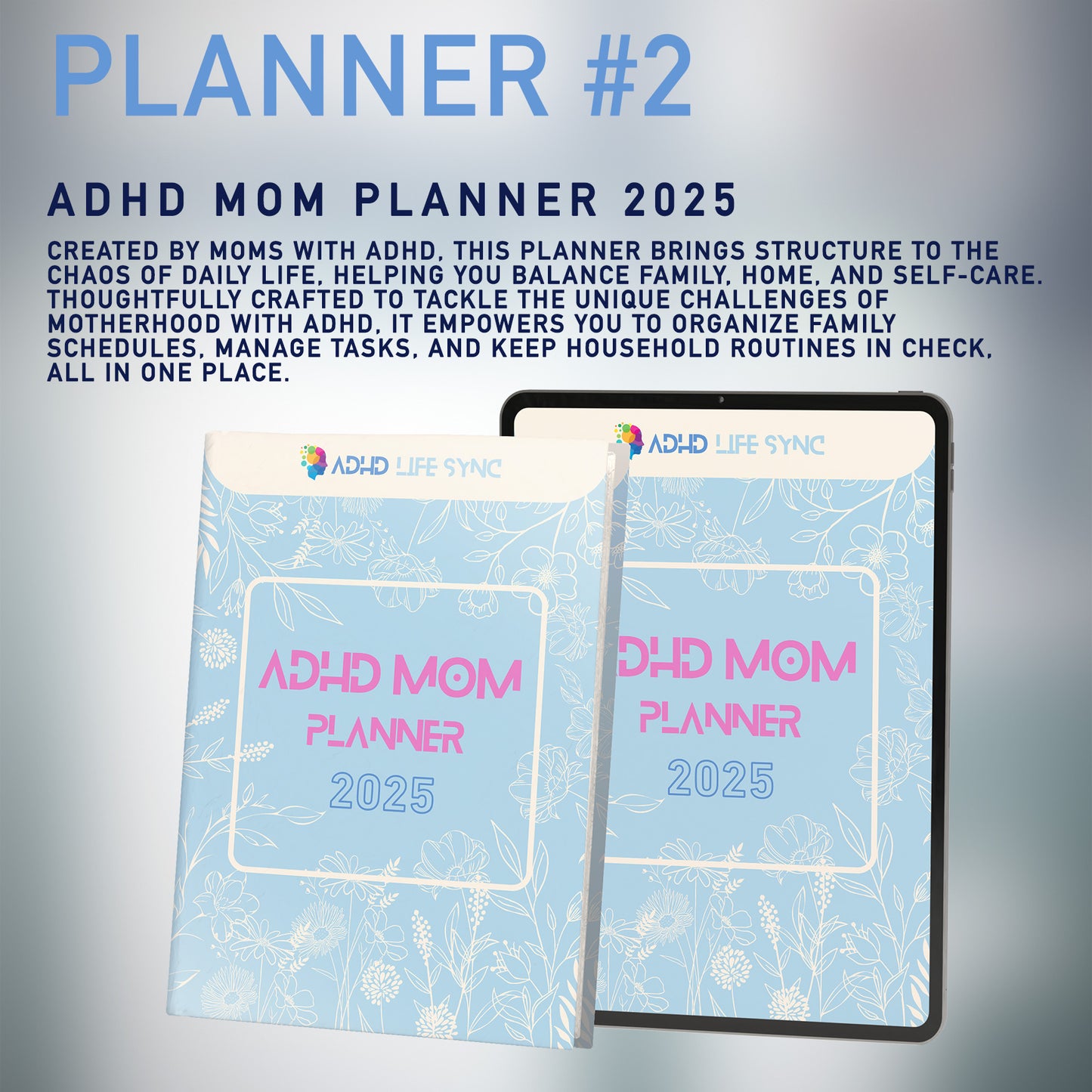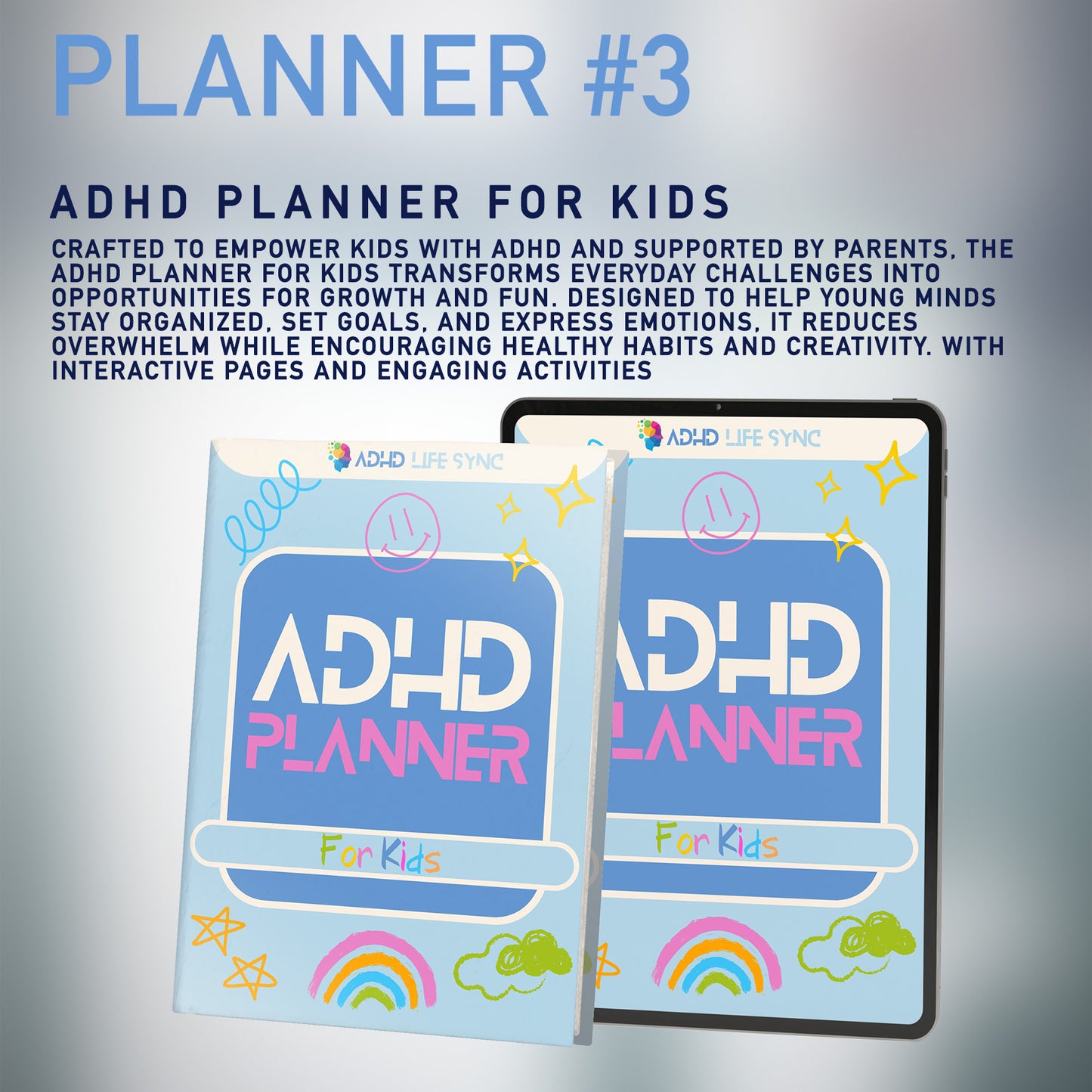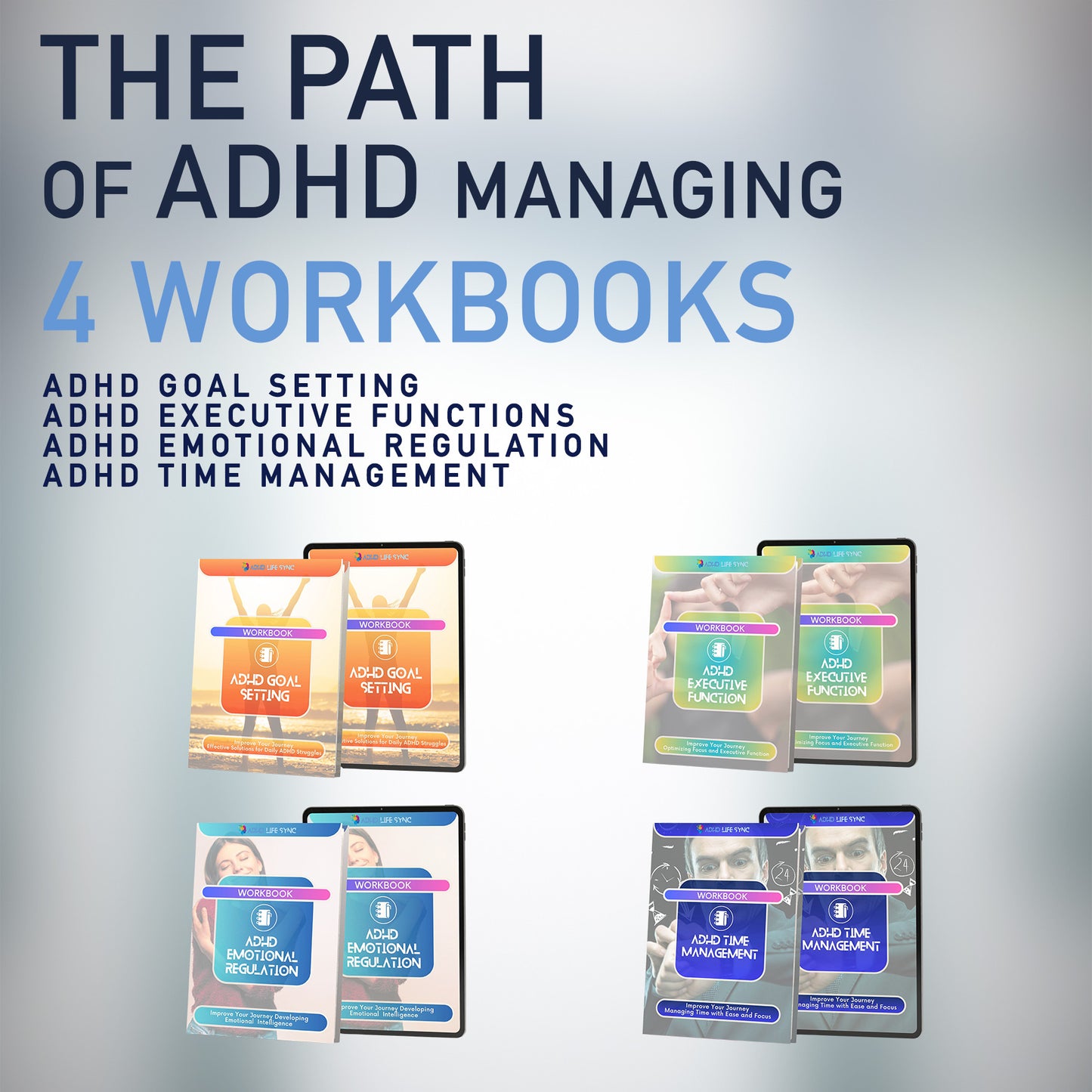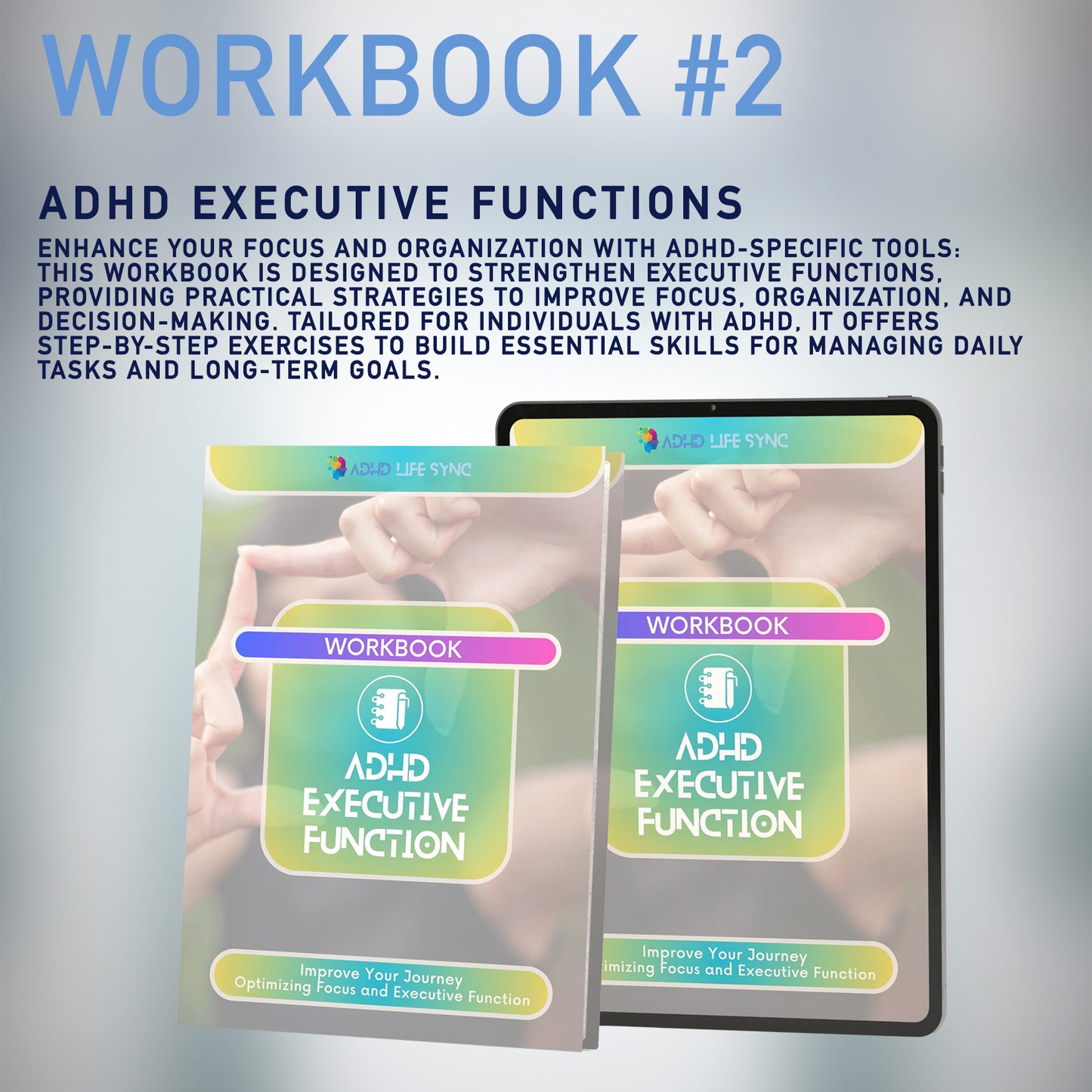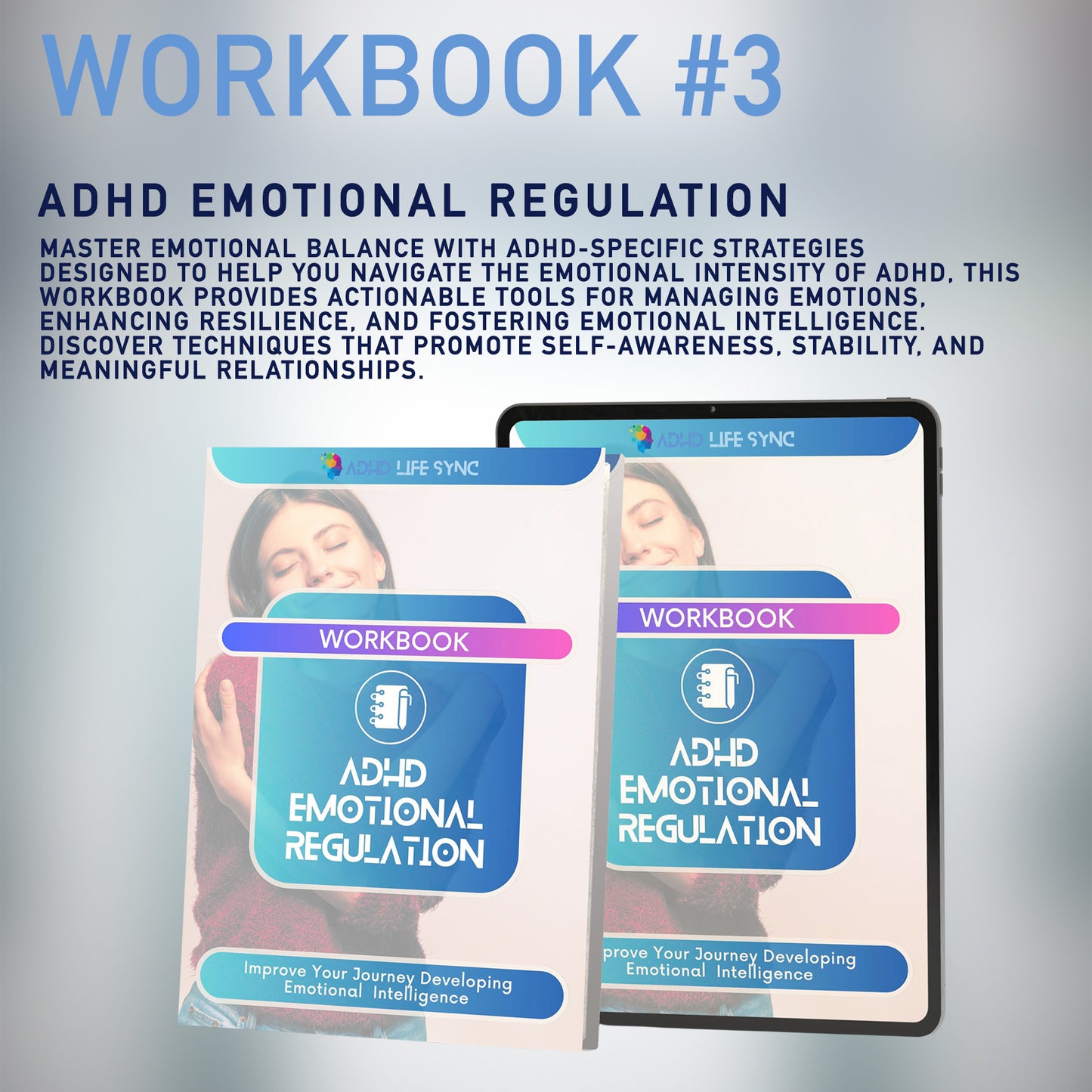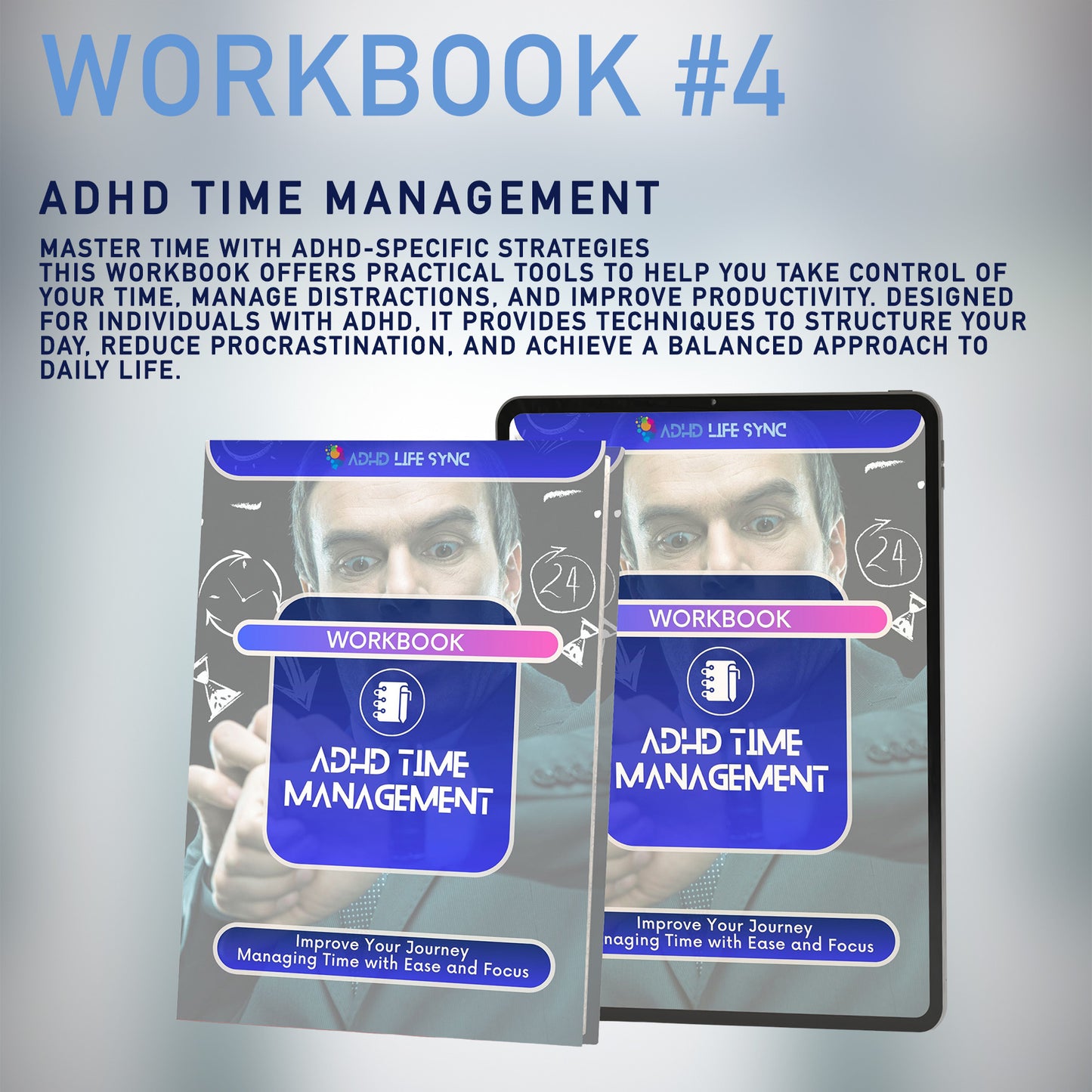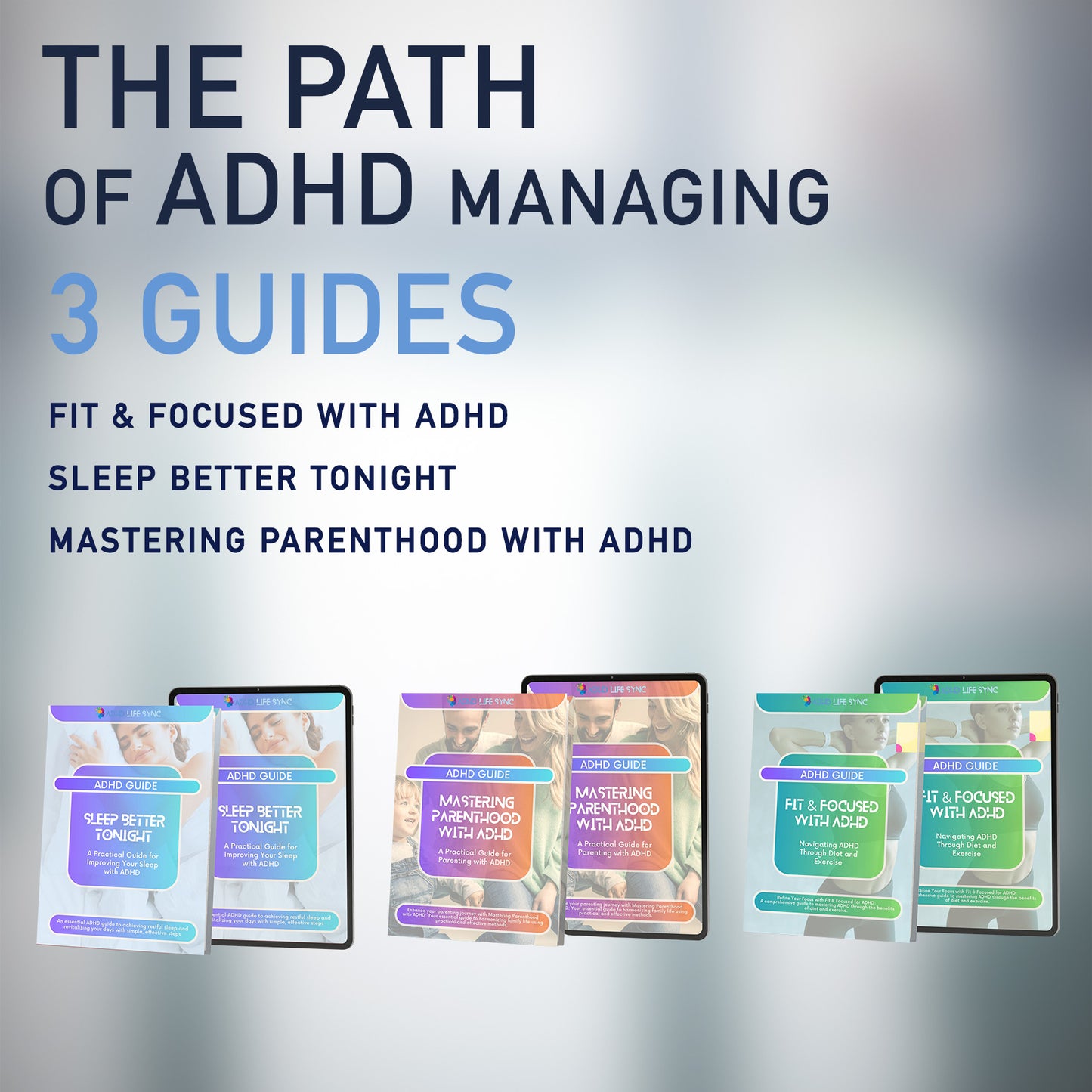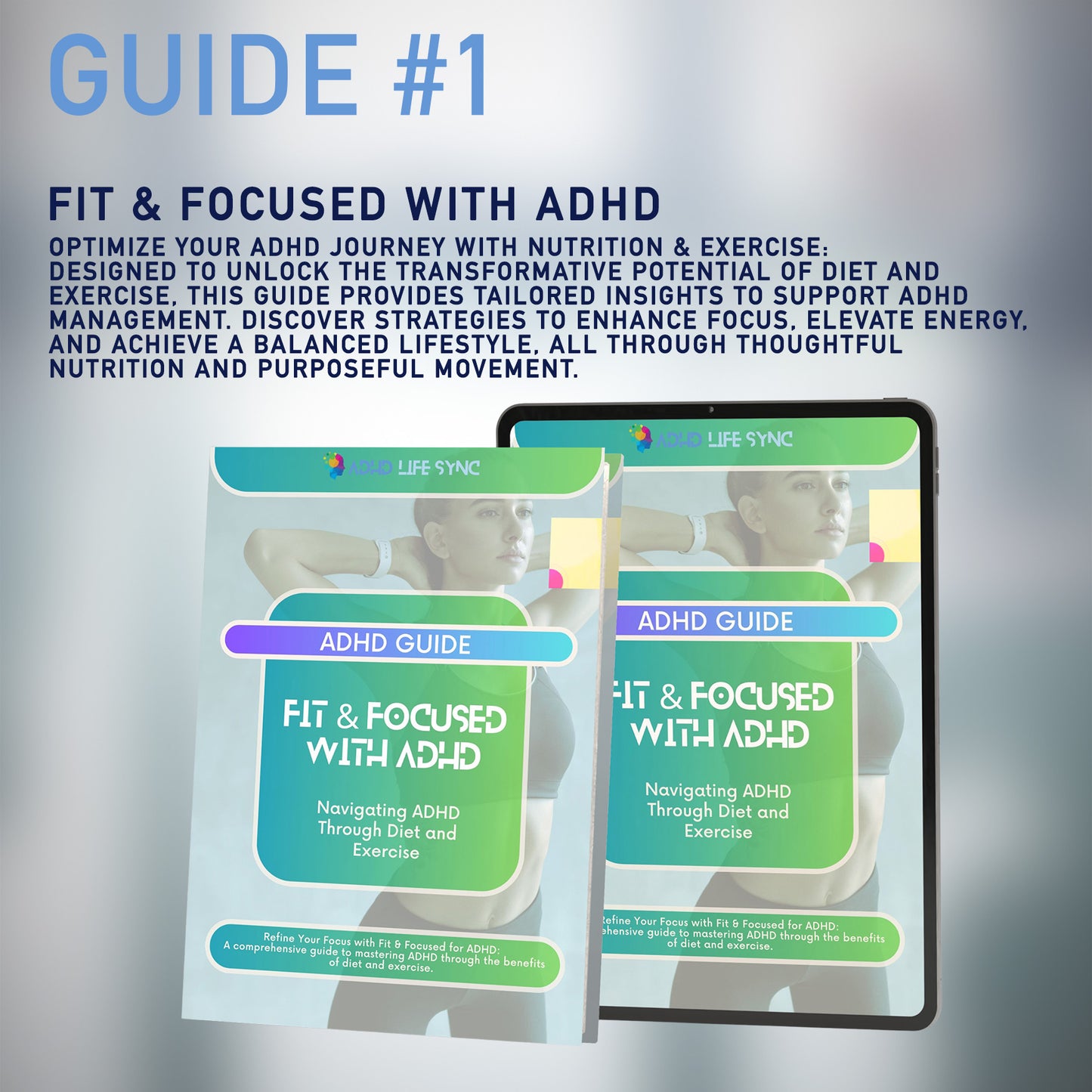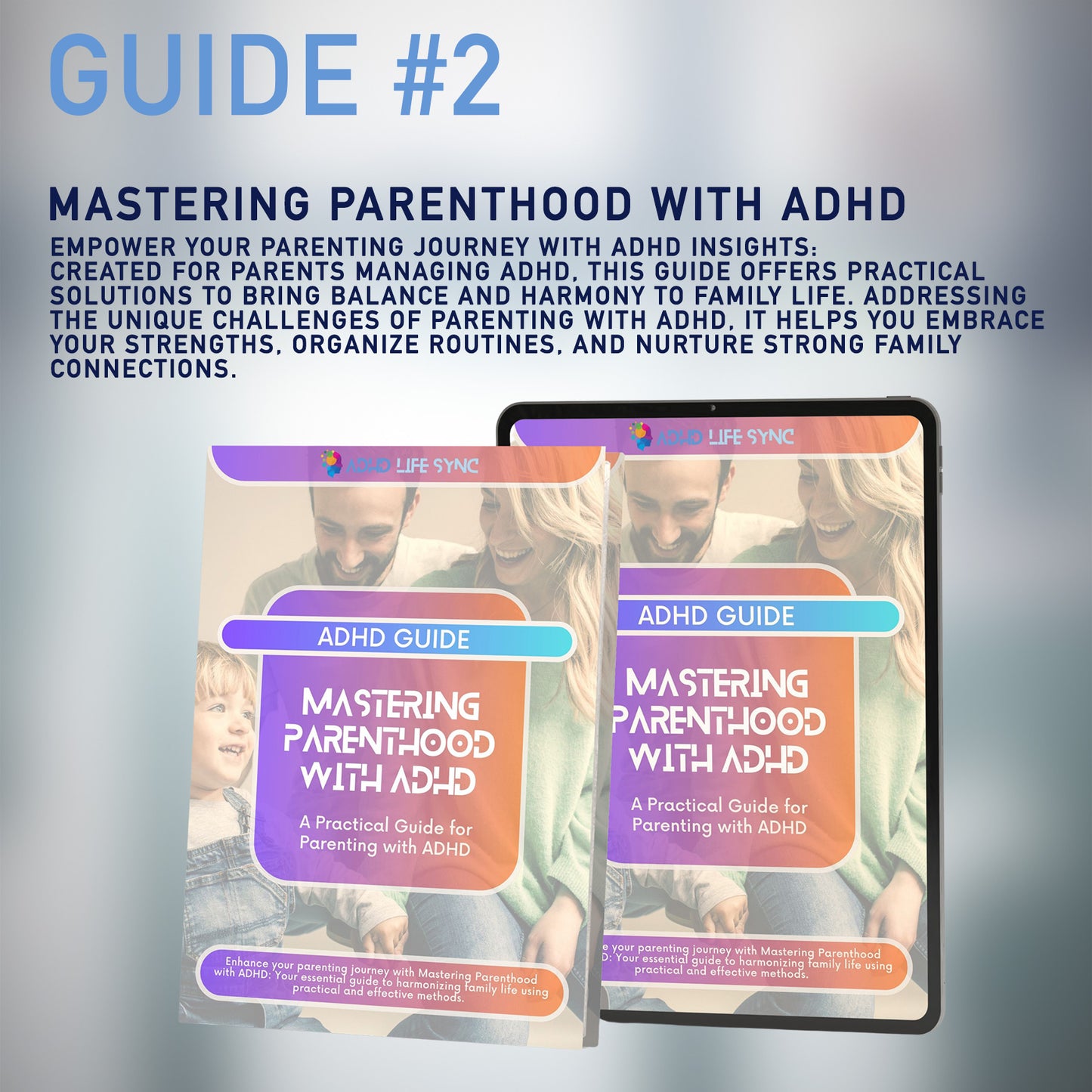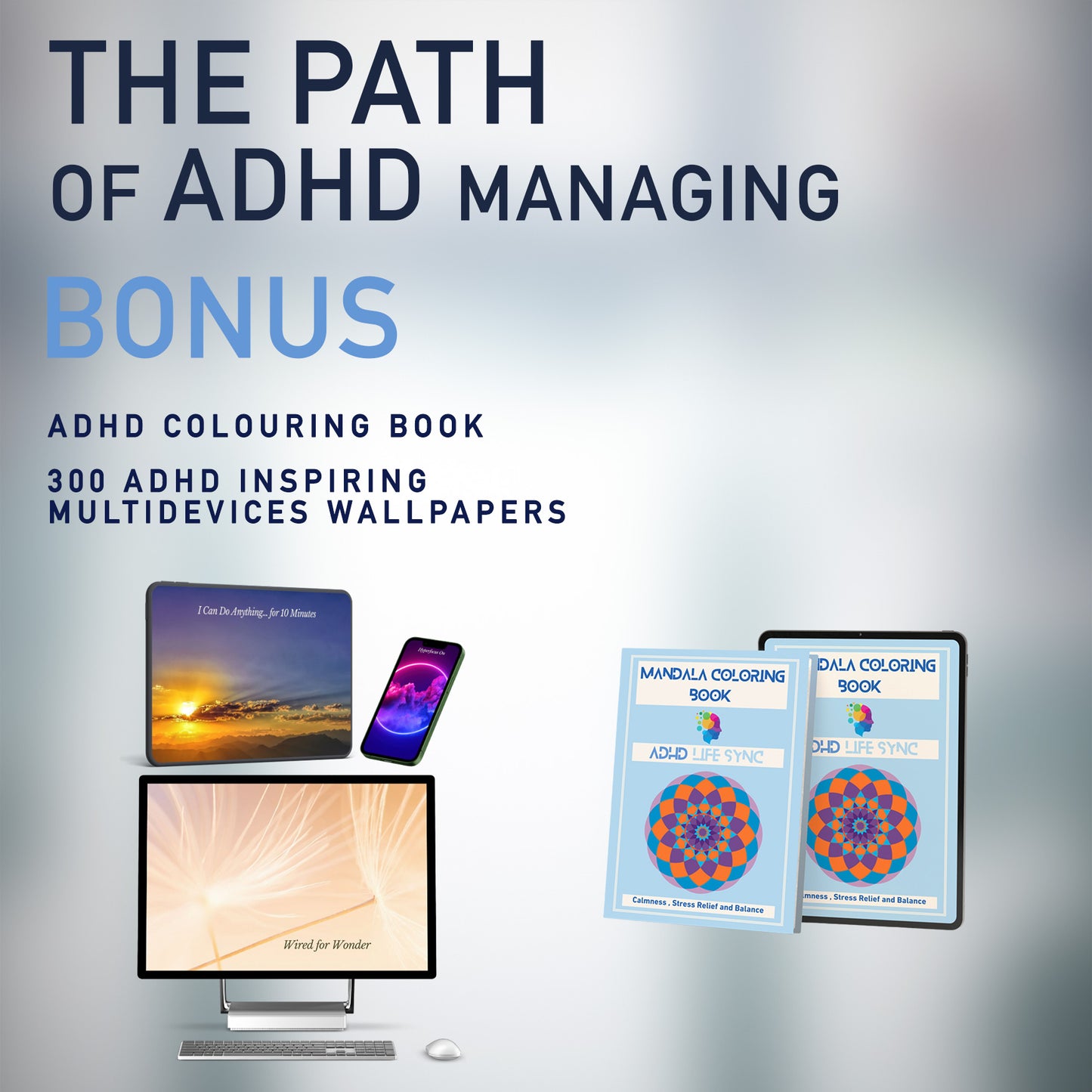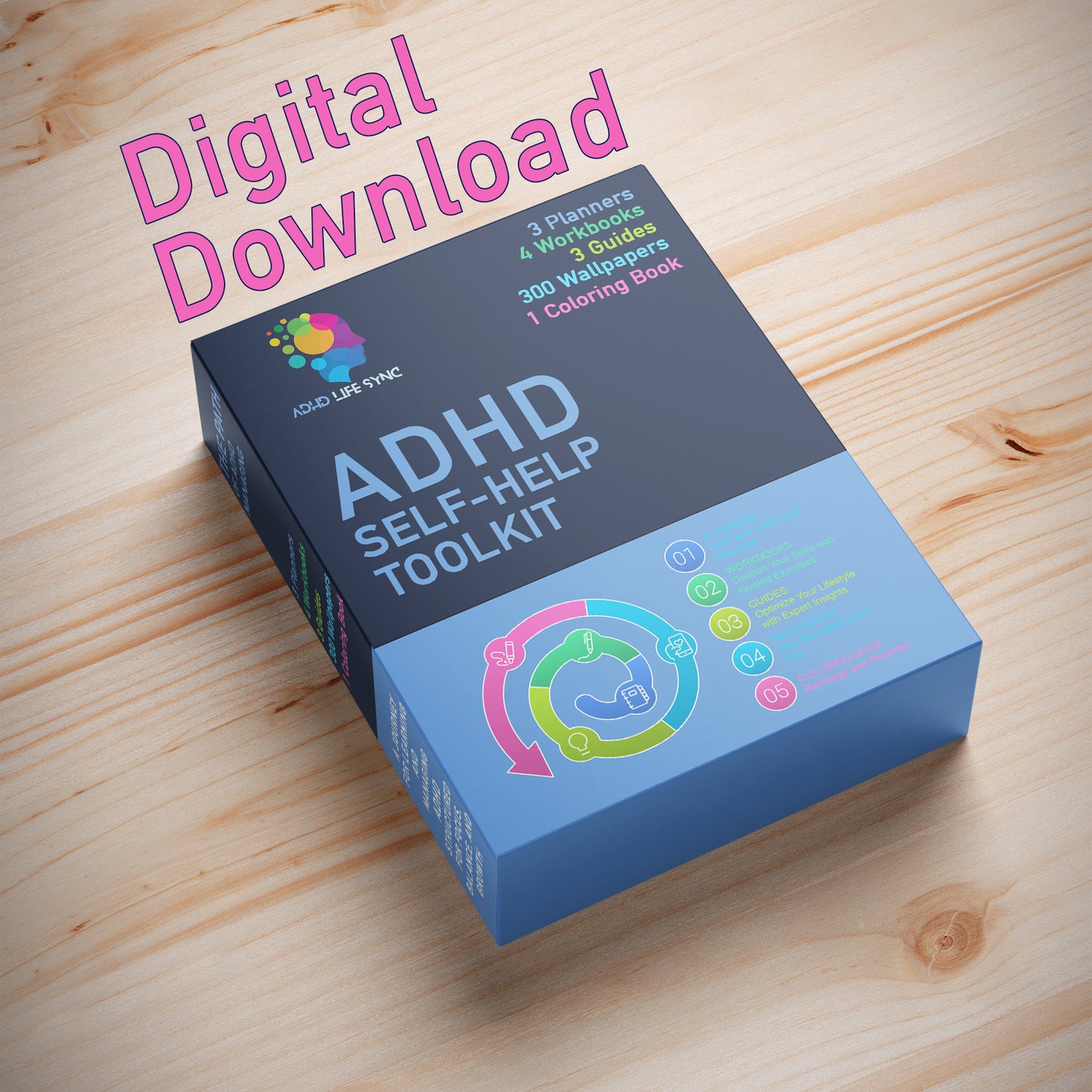
Navigating School with ADHD: Understanding Common Traits
Navigating the school environment with ADHD is akin to trying to tune into a constantly changing radio frequency. While ADHD manifests differently in everyone, certain traits are commonly observed in children. Recognizing these traits is the first step toward creating a supportive environment that helps students with ADHD thrive. 🌟
I recently shared a post on Instagram about common ADHD traits in school, and this article delves deeper into that list with more detail.
The Spectrum of ADHD Traits in School
- Difficulty Following Instructions
Following instructions with ADHD can feel like assembling a puzzle without the box picture. Complex or multi-step directions often become confusing, leading to incomplete tasks. This difficulty is not about willingness or intelligence but about how ADHD brains process information and seek dopamine. As a result, students with ADHD may often get distracted before completing the task they intended to do.
- Forgetting Assignments and Due Dates
Deadlines and assignments often slip through the cracks. Despite their best intentions, students with ADHD might struggle with planning and time management, making due dates feel like surprise events.
- Disorganized and Messy Desk
A messy desk isn't just about disorganization; it can be a physical manifestation of the whirlwind of thoughts and ideas in an ADHD mind, jumping from one idea to another. However, what appears as clutter to one person can be a system of organized chaos to another.
- Difficulty Sitting Still
When people think of ADHD, they often imagine a child who can't sit still, especially when referring to the hyperactive-impulsive type. This restlessness isn't due to a lack of discipline; it's an outward expression of the internal energy that fuels the ADHD brain.
- Struggling to Participate in Group Work
Group work can be daunting. Balancing multiple viewpoints and working in a shared space can overwhelm the ADHD mind, making it difficult to focus and contribute effectively. Alternatively, a student might get stuck on one person's idea, diving deep into it while the group moves on.
- Getting Easily Distracted
In a high-stimulus environment like a school classroom, the ADHD brain is highly susceptible to distractions. What might be a minor background noise or movement to some can become a major disruption for those with ADHD.
- Exceptional Creativity
Often overlooked, the creative brilliance of students with ADHD can shine in project-based learning and creative assignments. Their ability to think outside the box can lead to innovative ideas and solutions, especially when they find a work style that suits them.
- Difficulties with Emotional Regulation
Emotional regulation can be challenging, leading to intense reactions to criticism, grades, or peer interactions. Recognizing this trait can help teachers and parents provide the emotional support these students need.
- The Hyperfocus Paradox
While distraction is common, so is the ability to hyperfocus on tasks that deeply interest the student. This intense concentration can lead to remarkable achievements in specific areas.
- The Social Navigator
Navigating social interactions and cues can be tricky for students with ADHD. Misinterpretations and impulsivity can lead to awkward or strained relationships with peers. Support and understanding from adults can help these students develop social skills in a safe environment.
Creating a Supportive Environment for ADHD Students
Recognizing these traits is crucial, but what strategies can help an ADHD student? Creating a supportive and accommodating environment that allows students to manage their challenges while highlighting their strengths can make a significant difference.
Strategies Include:
- Structured Flexibility: Provide clear, concise instructions and deadlines while being flexible enough to accommodate the unique needs of ADHD students. Ensure they have opportunities to enter hyperfocus mode without constant interruptions.
- Organizational Tools: Introduce tools and strategies to manage tasks, assignments, and deadlines. Items like fidget toys, active breaks, and visual countdown timers can be game changers.
- Active Learning Opportunities: Incorporate movement and hands-on activities to manage restlessness and engage students in learning. Use different types of chairs, allow stretching during lessons, and encourage active class participation.
- Emotional Support: Create a safe space for expressing and managing emotions. This could involve peer support, school counselors, well-being coordinators, or year advisors.
- Strength-Based Learning: Focus on the strengths and interests of students with ADHD to boost confidence and engagement.

